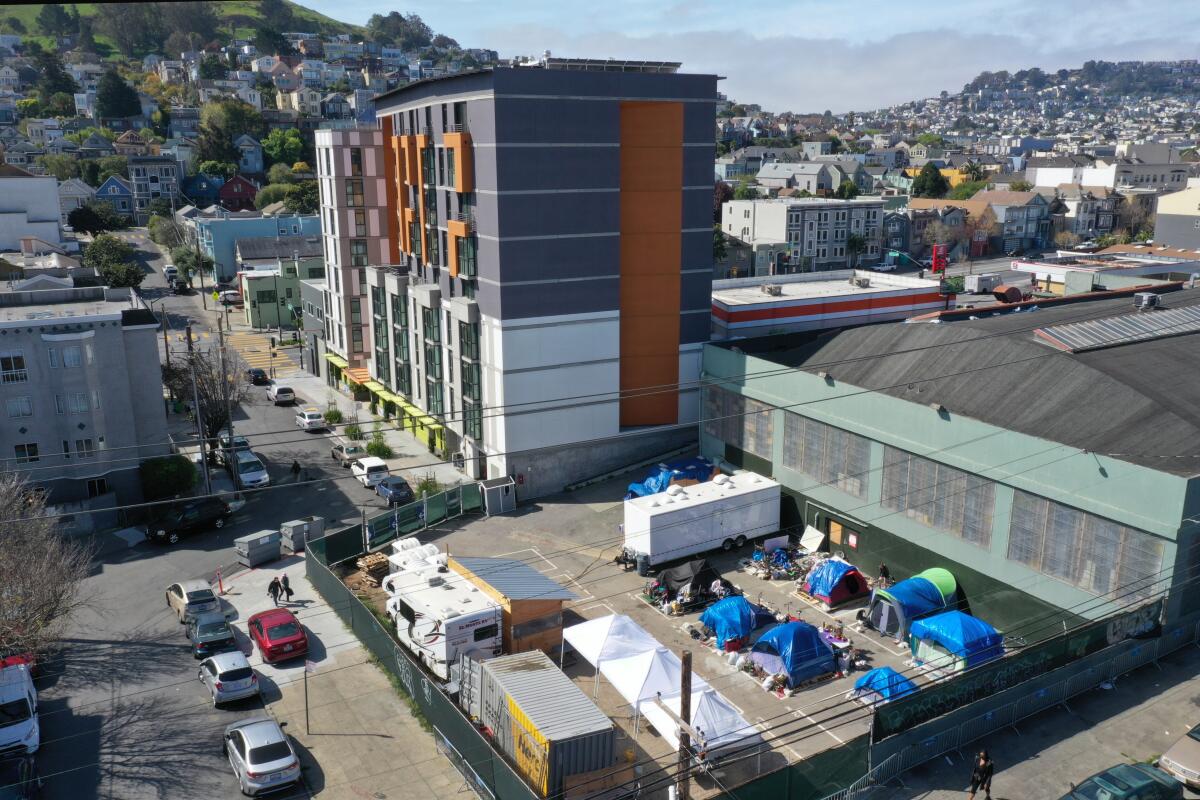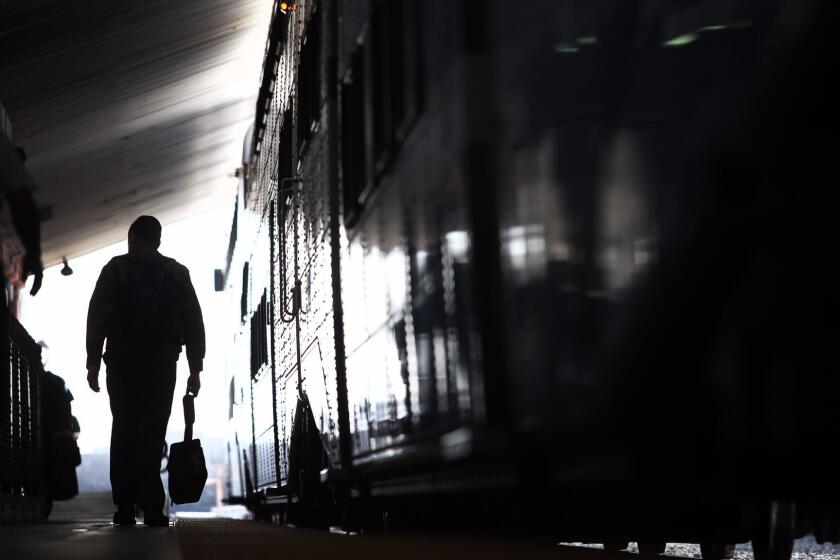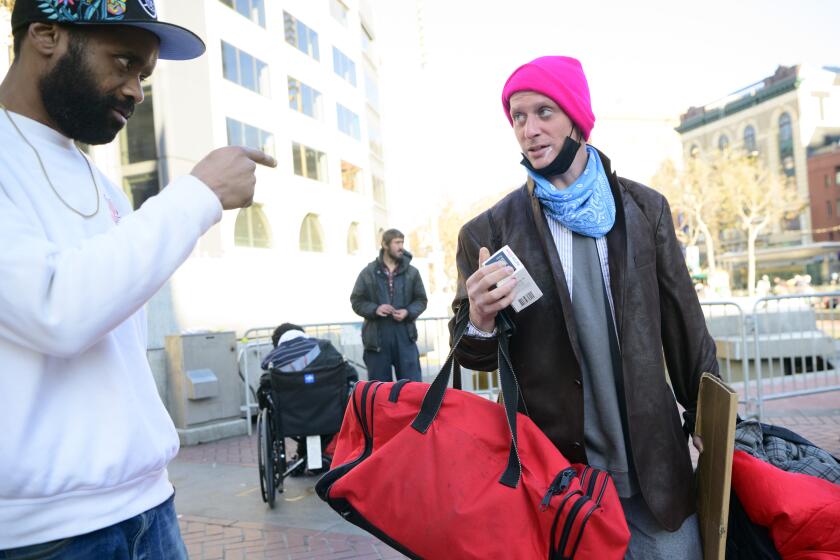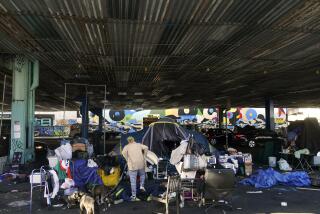San Francisco’s homeless population 16 times more likely to die suddenly than housed neighbors, study finds

Unhoused people living in San Francisco are 16 times more likely to die suddenly than their fellow residents who are housed, according to a new study led by researchers from UC San Francisco.
The study, which was published Monday in the journal JAMA Internal Medicine, tracked the autopsies of 868 people — 151 of them homeless — who died suddenly in San Francisco County over an eight-year period that ended in 2018.
Researchers, who finished their data analysis this summer, found that homeless individuals were more likely than their housed neighbors to die from drug overdoses, gastrointestinal disorders and infection.
In another key finding that could bolster calls to add more automated external defibrillators, or AEDs, in public places, and better educate people on using them, researchers determined that unhoused people were seven times more likely to die from the type of cardiac arrest that can potentially be reversed if a defibrillator is available to shock the person’s heart back into its regular rhythm.
Early on a recent Monday, a Metrolink train bound for downtown Los Angeles screeched to an unexpected stop in Buena Park.
“The study offers a tragic window into these vulnerable cases,” said Dr. Zian H. Tseng, a professor of medicine at UCSF and one of the study’s authors. “These are the types of deaths where somebody is walking around one minute and collapses the next.”
Researchers focused on San Francisco, which has one of the nation’s highest concentrations of homeless people. Mayor London Breed has pushed back against the perception that the city’s downtown shopping and business districts have been abandoned by retailers and tech companies amid the struggle to address the needs of unhoused people.
The study published Monday, Tseng said, grew out of a broader, decade-long collaboration between himself and Dr. Ellen Moffatt, a forensic pathologist in the San Francisco chief medical examiner’s office, in an effort to study sudden deaths that occur outside hospital settings in the county.
“We found both cardiac and non-cardiac causes, such as overdoses and unrecognized infections, are much higher among homeless individuals dying suddenly,” Tseng said. “The natural follow-up question is what do these results suggest we could do?”
One crucial step, he said, is adding more AEDs to areas with high homeless populations.
He also recommended public policy measures that focus on reducing overdose deaths, such as increased access to the opioid overdose-reversing drug naloxone, also known as Narcan, as well as efforts to ensure that unhoused people are up to date with their immunizations — getting a pneumonia shot, he added, could be particularly beneficial to older people experiencing homelessness.
With opioid overdoses showing no sign of abating, more regular citizens are carrying Narcan, the medication that can reverse the damaging effects of an overdose.
The unhoused people who died, the study found, were younger — 56 years old compared with 61 — and more likely to be male than the people who died in the housed population. They were also more likely to abuse alcohol and other drugs, the study found, and to have conditions such as schizophrenia, depression and bipolar disorder.
“While the high rate of substance use in the homeless population has long been recognized, our study demonstrates its association with early, sudden mortality and its true impact among the homeless,” said Dr. Leila Haghighat, a cardiology fellow at UCSF and another of the study’s authors.
“By contrast,” she said, “housed individuals more closely reflected the classic profile of sudden death that modern medical systems aim to resuscitate and prevent.”
More to Read
Sign up for Essential California
The most important California stories and recommendations in your inbox every morning.
You may occasionally receive promotional content from the Los Angeles Times.













